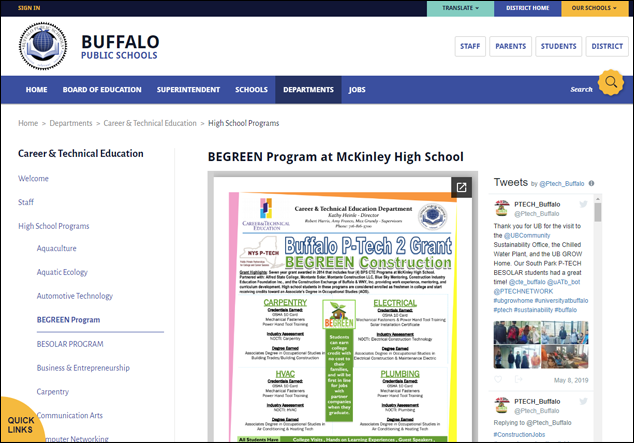Why This Strategy Matters
For training programs to successfully lead trainees to rewarding careers, trainers need to know the workforce needs of local employers. Insights from residents show how trainees can have difficulty finding good-paying jobs that apply the skills they acquired from local training programs. By consulting with employers about hiring demands and collaborating on training program development, workforce trainers can equip trainees with the skills employers need so they can fill jobs that are in demand. With advances in technology rapidly evolving workforce needs, continual conversations between training providers and employers are essential to ensure training programs are effective, and that local employers have a strong pipeline of qualified workers.








